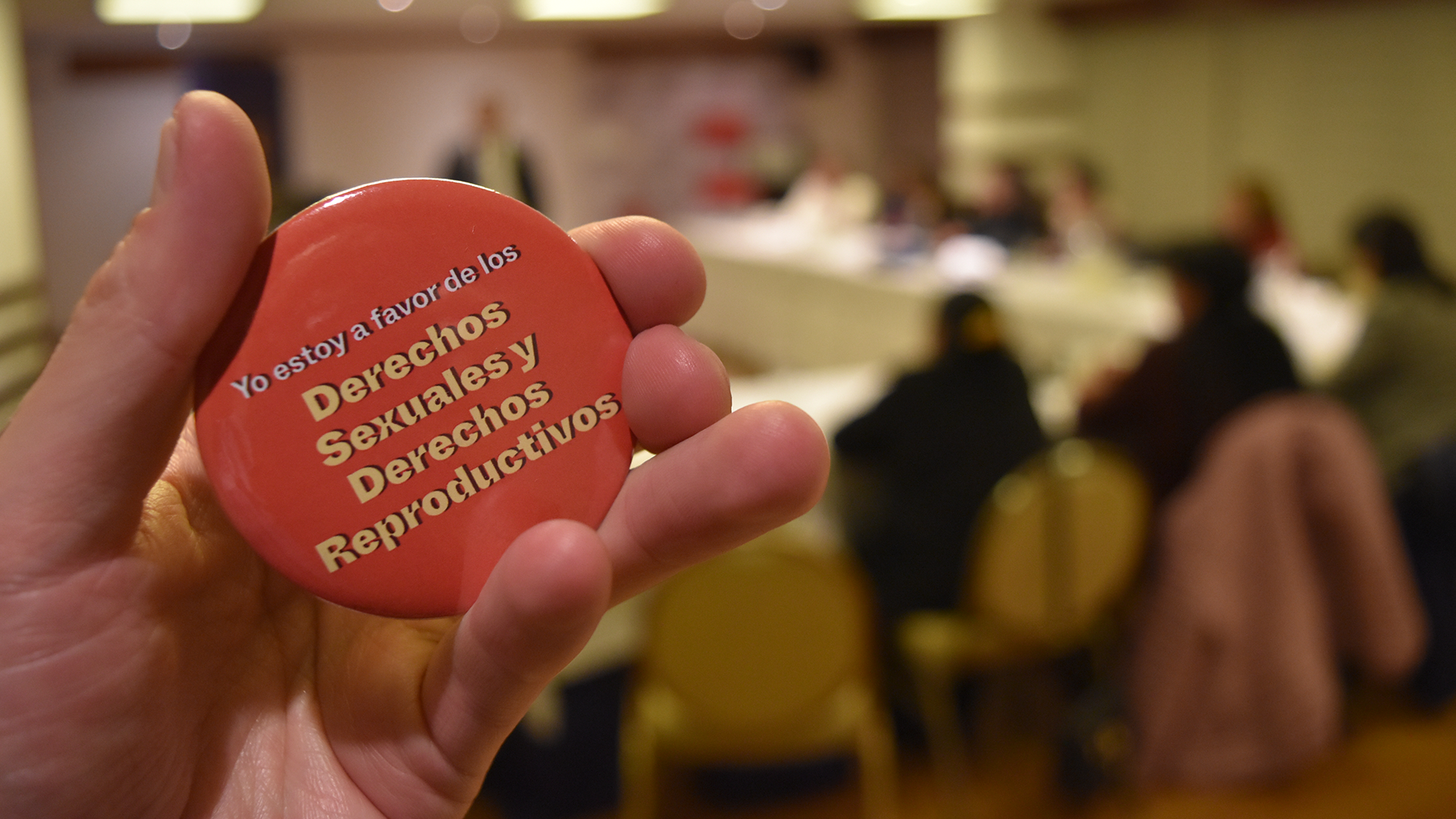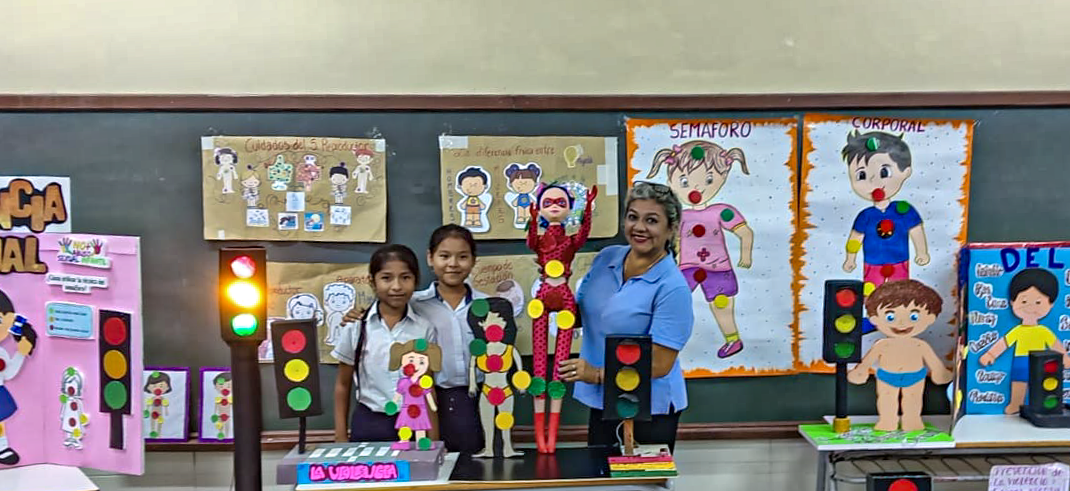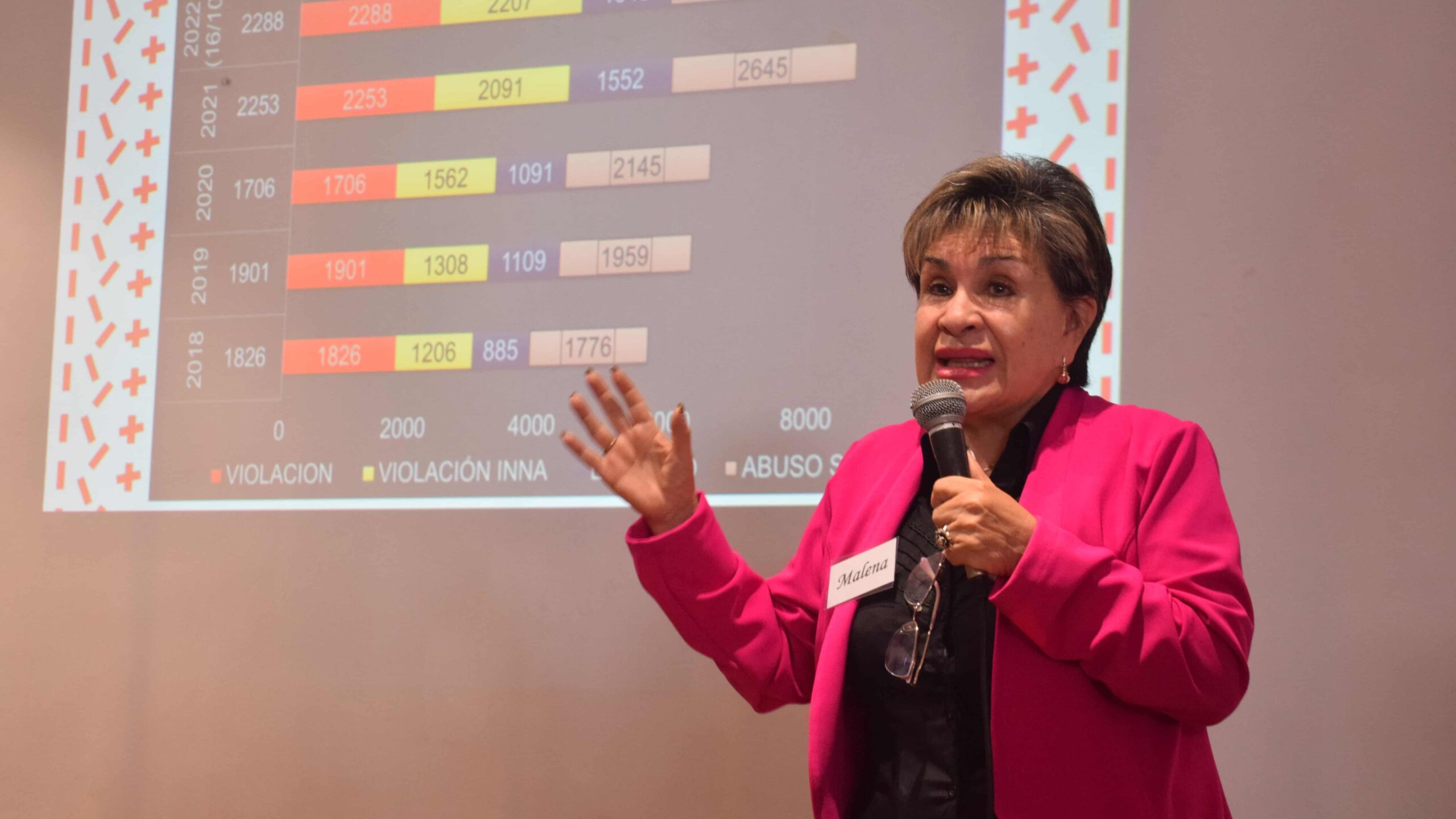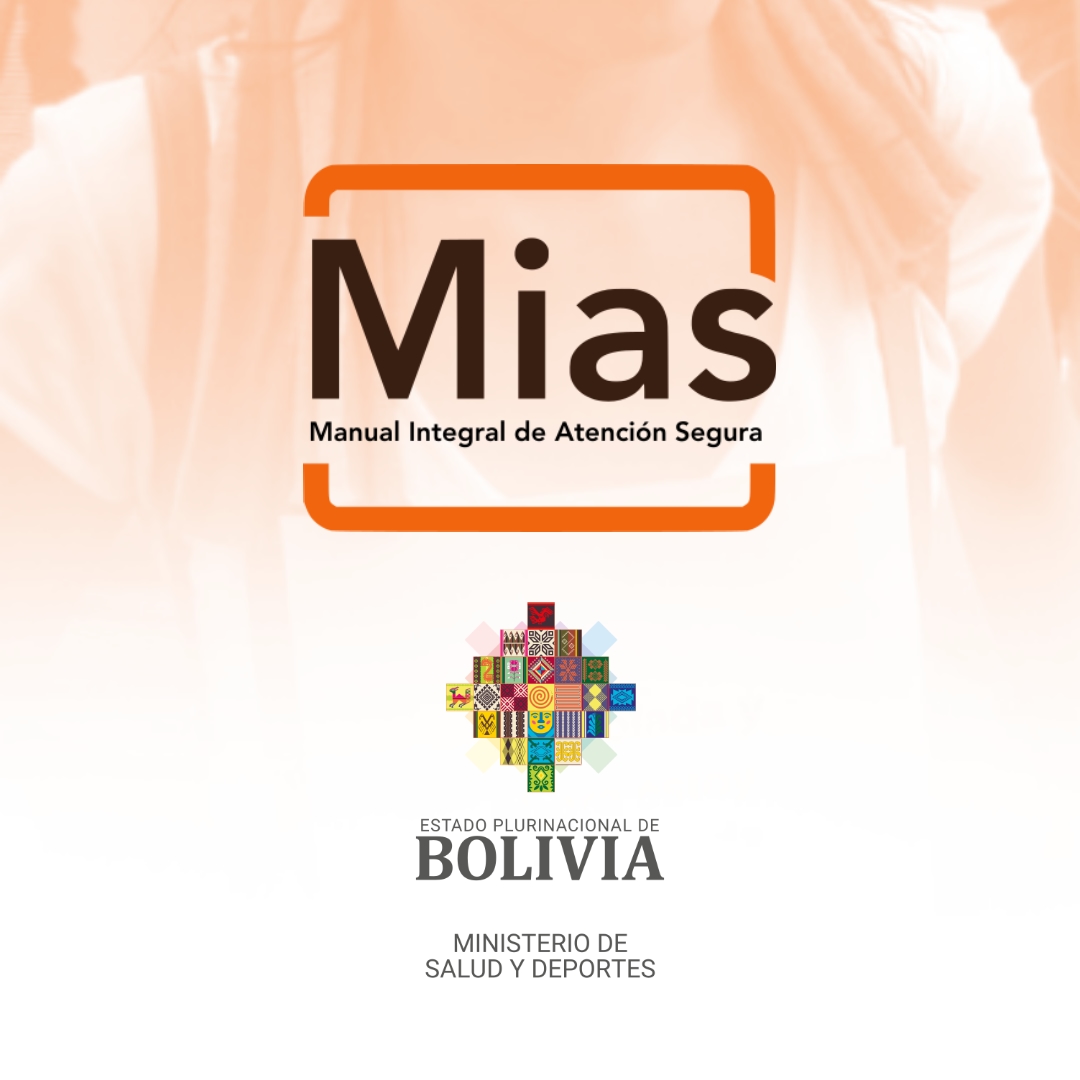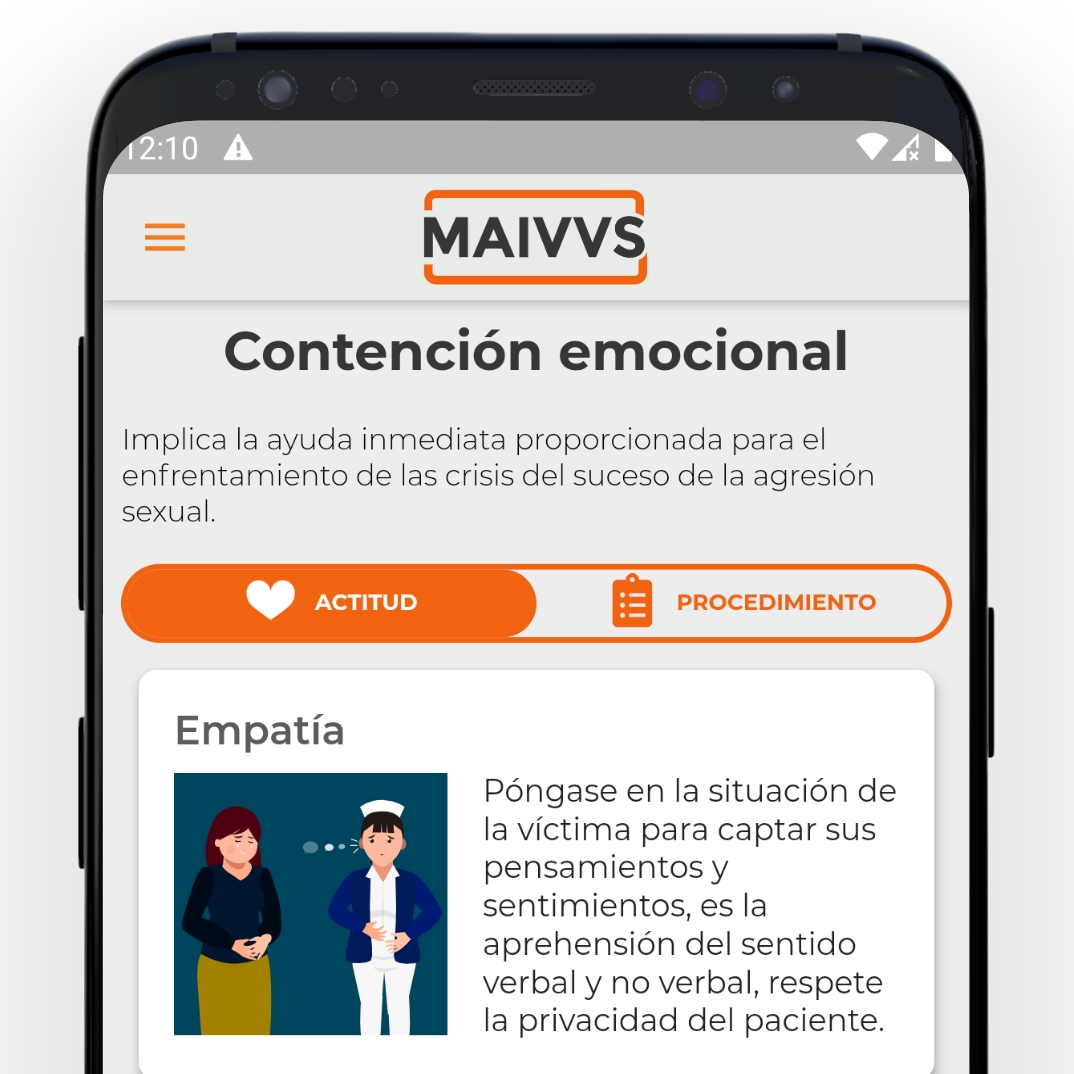The panel of the United Nations Population Fund (UNFPA), in its most recent update, indicated the situation of sexual and reproductive health in the world. The latest data indicated that in Bolivia, Peru, Venezuela, Argentina, Ecuador and Uruguay, on average, 5 out of 10 women have access to contraceptive methods, whether traditional or modern.
UNFPA’s information seeks to shed “light on the health and rights of people around the world, especially women and young people”. The figures are obtained by United Nations agencies and are updated annually.
According to the panel, in Bolivia, 48% of women between the ages of 15 and 49 use some contraceptive method. In Peru, the percentage is 51%. In Venezuela, 56% use a birth control method, while in Argentina the percentage is 58%. Ecuador and Uruguay have the same prevalence rate: 59%.
These percentages change when women are discriminated against because of their marital status. The use of contraceptive methods by married or cohabiting women increases. For example, in Bolivia, 68% of women with a stable partner use some method. In Peru, the percentage rises to 77%. In Venezuela it is 76%; in Argentina the percentage is 71%, in Ecuador it is 80% and in Uruguay it is 79%.
In other countries such as China, 71% of women between the ages of 15 and 49 use contraceptives; if they are married, the percentage increases to 85%. In Canada, 73% of women do so. Finland is the country with the highest prevalence rate of contraceptive use with 79%. In both Canada and Finland, contraceptive use by married or unmarried women is 82%.
For the UN fund, the opportunity to access condoms, modern contraceptives, medicines and equipment are essential for family planning, prevention of HIV and other sexually transmitted diseases and infections. As explained on the agency’s website: “Reproductive health commodity security is a chain of processes that requires planning, strategic procurement of commodities, and technical and operational attention to distribution and ongoing monitoring. It must be ensured that there is continuity in the supply and that there are no shortages, and that the distribution of supplies reaches the most remote areas, especially rural areas”.
The possibility of securing these inputs, the organization points out, is a necessary but not sufficient condition for guaranteeing reproductive rights. Since the International Conference on Population and Development in Cairo in 1994, the countries of Latin America and the Caribbean have made significant progress in terms of guaranteeing the population’s access to family planning: “All countries in the region have public policies and provide modern contraceptive methods free of charge to the population,” it states.
Despite this, UNFPA explains that during the coronavirus pandemic, unmet need in the region increased from 11% to 17%. This means that there are 20 million women with unmet need for contraception, which represents a 30-year setback in this indicator.
According to the United Nations, family planning is fundamental to women’s empowerment, poverty reduction and sustainable development. However, in developing countries, it is estimated that “about 214 million women still lack access to safe and effective family planning methods”. Among the reasons are misinformation, lack of services and lack of support from their partners or communities. According to the UN, these causes prevent women from being able to “build a better future for themselves, their families and their communities”.
Access to safe and voluntary family planning is a human right, UNFPA explains. The fund notes that family planning encompasses “information, means and methods that enable people to decide whether to have children, the number of children and the intervals between births. It includes a wide range of contraceptives (from pills, implants, intrauterine devices, surgical procedures, and barrier methods, such as condoms) and non-invasive methods, such as rhythm and abstinence.
FULL NOTE IN OPINION

